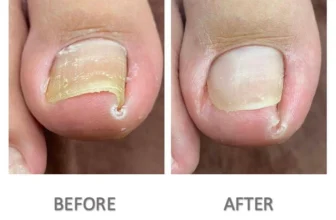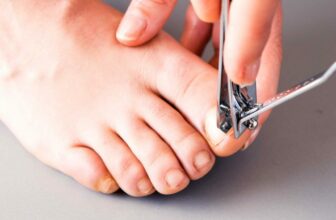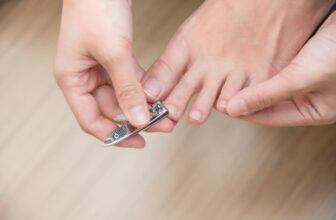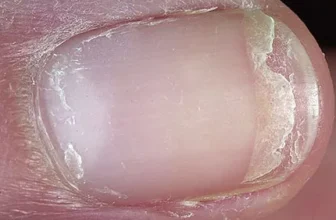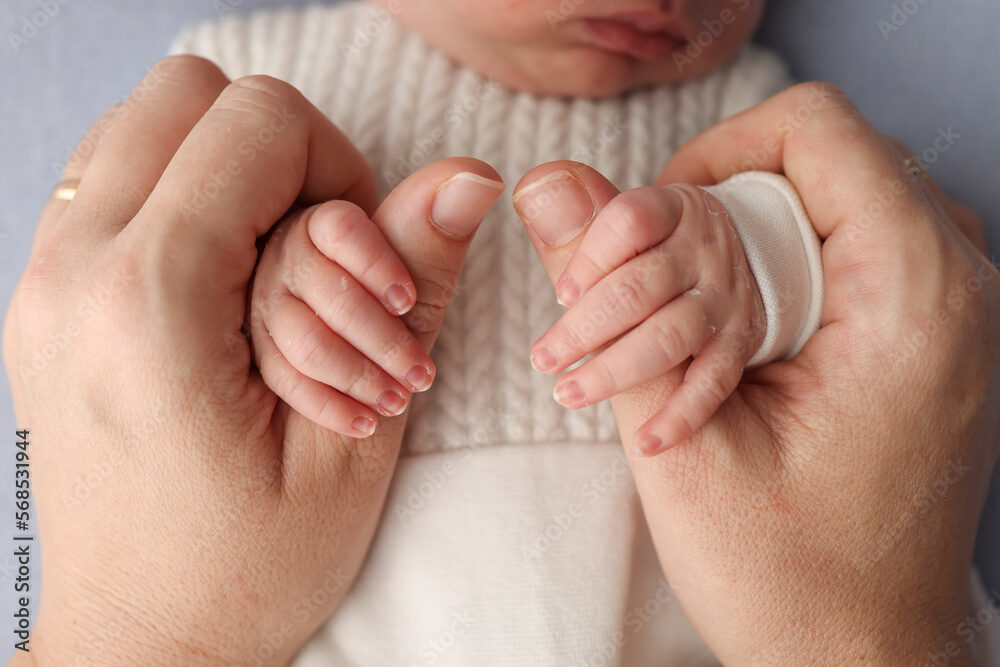
Nails are often an overlooked but vitally important part of our body. Understanding fingernail anatomy and anatomy of nails in general can help identify and treat nail disorders and ensure that your fingernails are always looking their best, after performing a nice nail trimming with the best nail clippers, read our Swissklip Review.
Not only do the nails enhance the beauty of our hands, but they also help us perform various tasks and protect the underlying tissues. Nails are made up of keratin, a hard protein that is also present in our hair and skin. They are composed of several layers of dead cells that help protect the underlying tissues of our fingers and toes. Nails also play a crucial role in gripping and holding objects, allowing us to perform fine motor tasks with precision.
In this article, we will take a closer look at the anatomy of nails, discussing their composition, function, and structure. By understanding nail anatomy and the importance of nail health, we can identify and prevent potential nail abnormalities and nail disorders and ensure that our hands always look their best. To find other type of related information, you can check any of our other articles in BestPersonalCareProducts.com .
Function of Nails
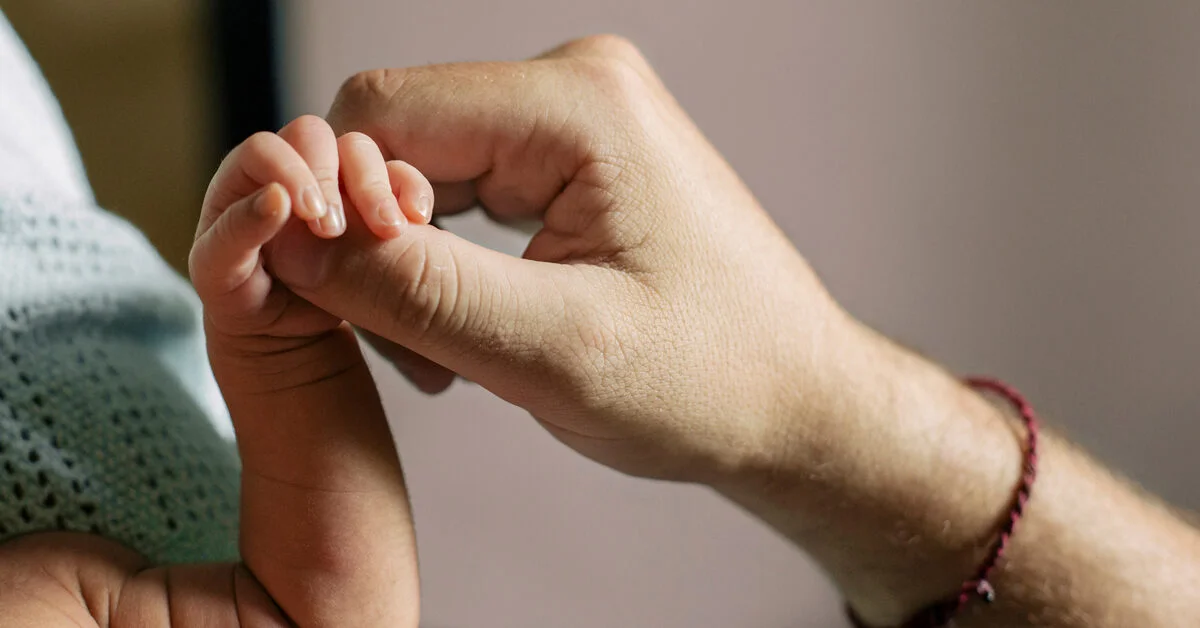
Nails are a complex and dynamic structure, crucial to various physiological functions. The functions of nails go beyond the aesthetic appeal. They ensure a firm grasp, protect the fingertips, and provide sensory feedback. So, next time you accidentally hit your thumb, remember to thank your nails for taking one for the team!
Brief overview of nail composition
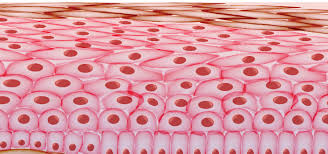
Nails are composed of highly organized keratinocytes, embedded in a matrix of extracellular proteins. They grow from the nail matrix, located beneath the proximal nail fold. The nail matrix is responsible for the production and maintenance of the nail plate. As the nail plate grows, it moves forward over the nail bed, becoming visible through the nail fold. The nail plate is composed of several layers of flattened, keratinized cells, tightly bound together by intercellular attachments.
These cells are translucent, allowing the underlying pink of the nail bed to show through. The nail plate is supported by the nail bed, a specialized mesenchymal tissue that is rich in blood vessels and nerve endings. The nail bed provides nutrition to the nail matrix and plays a crucial role in the maintenance of the nail plate.
Nail Anatomy
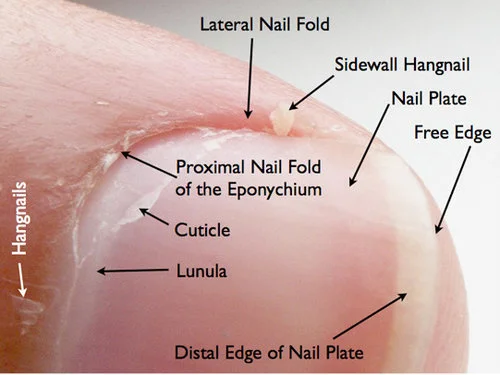
Nails are more than just pretty accessories to our fingers and toes. This vital keratinous tissue not only enhances the beauty of our hands and feet but also helps us perform various tasks and protect the underlying tissues. Let’s take a closer look at the anatomy of nails.
The nail is composed of several parts, including the free edge, the nail body, and the nail root. Each of these parts serves a specific function, as described below in more detail.
The free edge of a nail
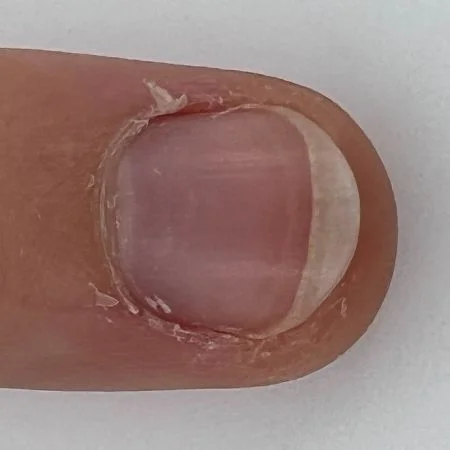
The free edge of a nail is the point of no return, the proverbial cliff’s edge of keratinous bliss. Composed of dead cells that have been pushed out as the nail grows, the free edge is the most exposed and unprotected part of the nail plate, making it the most prone to damage and breakage. It is important to keep it trimmed and filed to prevent snagging and tearing, because let’s face it, nobody wants to ruin a perfectly good manicure by catching their nail on their sweater or breaking it on a doorknob.
The nail body
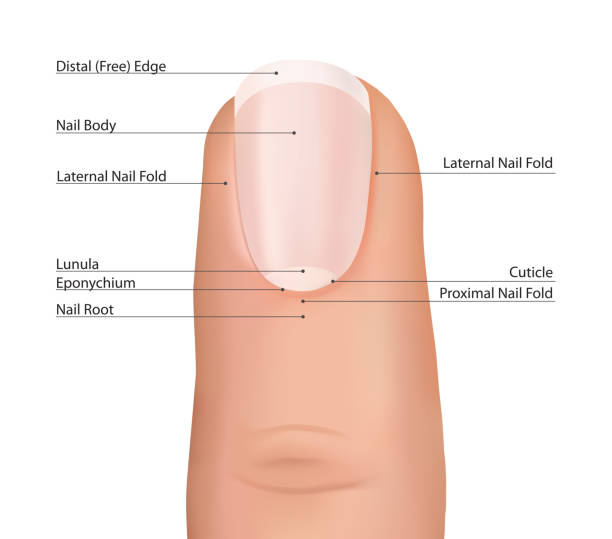
Nail finger anatomy
The nail body is the visible part of the nail that lies on top of the nail bed. It is composed of several layers of dead cells that are tightly packed together. The nail body is slightly curved, allowing it to fit snugly over the nail bed. It is important to keep the nail body healthy by regularly moisturizing the nails and surrounding skin.
The nail body is also home to several structures that help keep it strong and healthy. These structures include the nail grooves, the nail ridges, and the nail plate. Nail grooves are the narrow channels that run along the sides of the nail. They help to anchor the nail plate to the nail bed and prevent it from sliding from side to side. In addition, they help to channel moisture away from the nail bed and toward the skin.
Nail ridges are raised lines that run along the surface of the nail. They are a normal part of the nail’s texture and are more prominent in some people than in others. Ridges can become more pronounced as we age, but they can also be a sign of certain medical conditions.
Some medical conditions that can affect the nails include:
- Fungal nail infections
- Paronychia, an infection of the skin surrounding the nail
- Ingrown toenails
- Onycholysis, a separation of the nail from the nail bed
- Onychomycosis, a fungal infection of the nail
- Psoriasis, a skin condition that can affect the nails
- Beau’s lines, horizontal depressions or ridges in the nail that can be a sign of illness or injury
- Clubbing, a condition in which the tips of the fingers and toes become enlarged and the nails curve around the fingertips
The nail plate is the hard, flat part of the nail that covers the underlying nail bed. It is crucial part of the nail, helping to protect the underlying tissues and provide sensory feedback. The nail plate is made up of several layers of dead cells that are tightly bound together by intercellular attachments. Understanding the anatomy of nails is essential to maintaining healthy nails, preventing nail disorders, and identifying and treating nail problems. By taking care of your nails and paying attention to their health, you can ensure that your hands always look healthy and beautiful.
The nail’s root
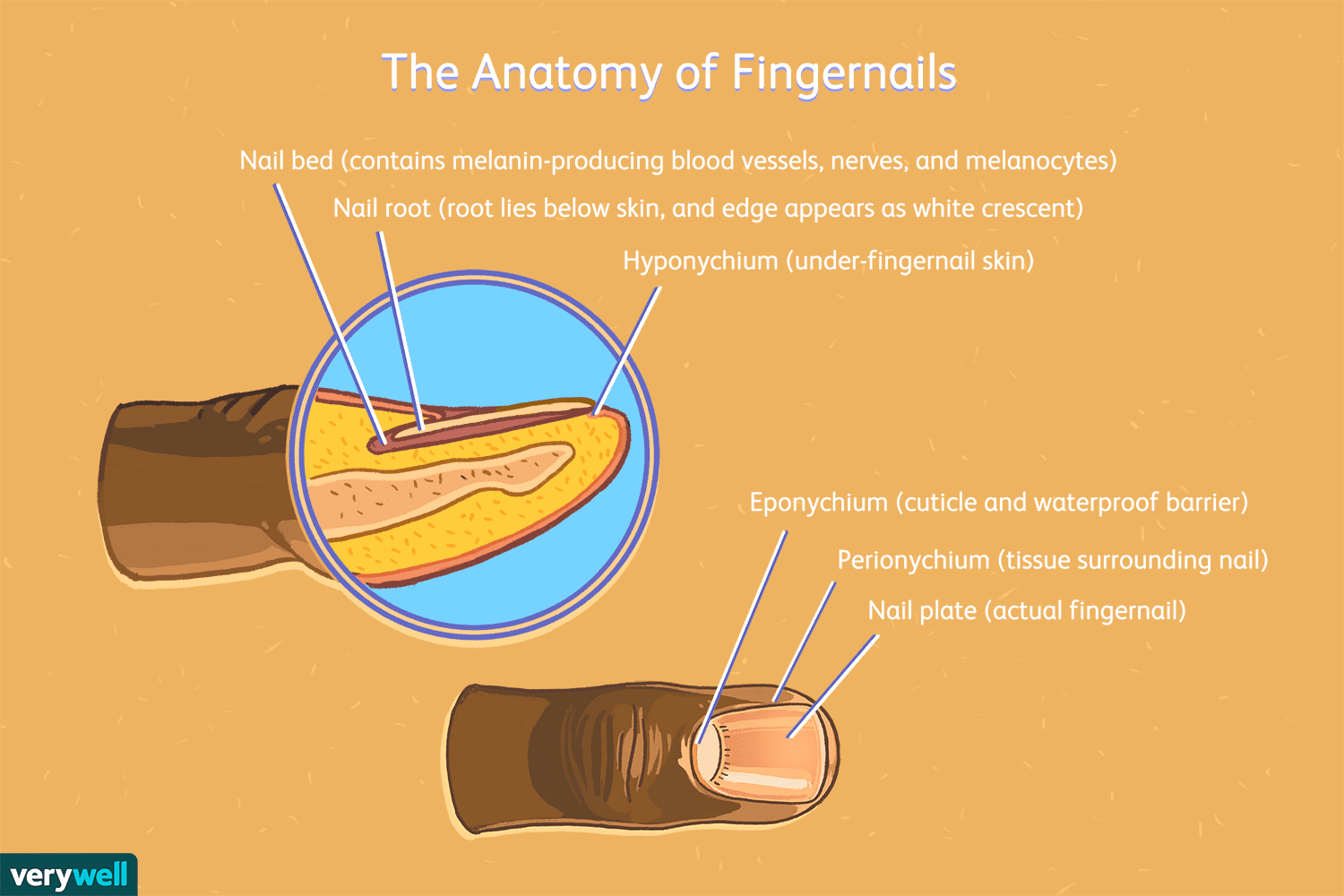
The nail’s root is the part of the nail that is embedded in the skin at the base of the nail. it is responsible for producing new nail cells, which are pushed out towards the free edge as the nail grows. The root is vulnerable to injury, so it is important to protect it from damage.
Underlying Nail Tissue
The nail is surrounded by several layers of underlying tissue, each with its own function. These tissues include the nail matrix, the lunula, the nail bed, the nail folds, the hyponychium, the eponychium, the cuticle and the paronychium. Let’s take a quick look at each tissue.
The nail matrix
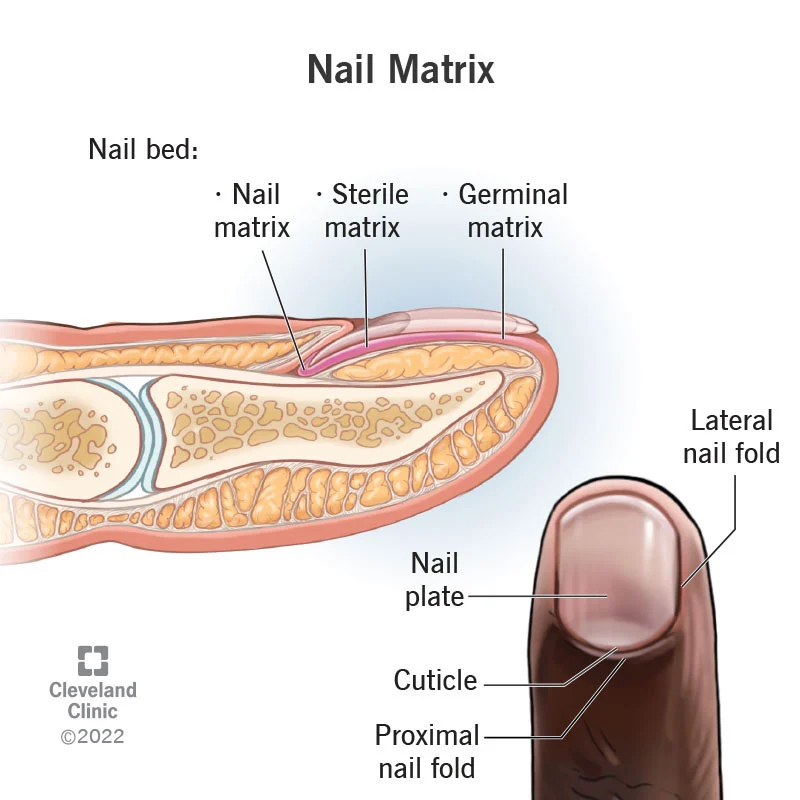
The nail matrix is the part of the nail that produces new nail cells. It is located at the base of the nail, just beneat the nail’s root. The matrix is made up of several layers of cells that work together to produce a strong and healthy nail. Maintaining a healthy matrix is vital to maintaining overall nail health. Learning about the fingernail anatomy and the general nail anatomy will greatly assist you in maintaining your nail health.
The lunula of the nail
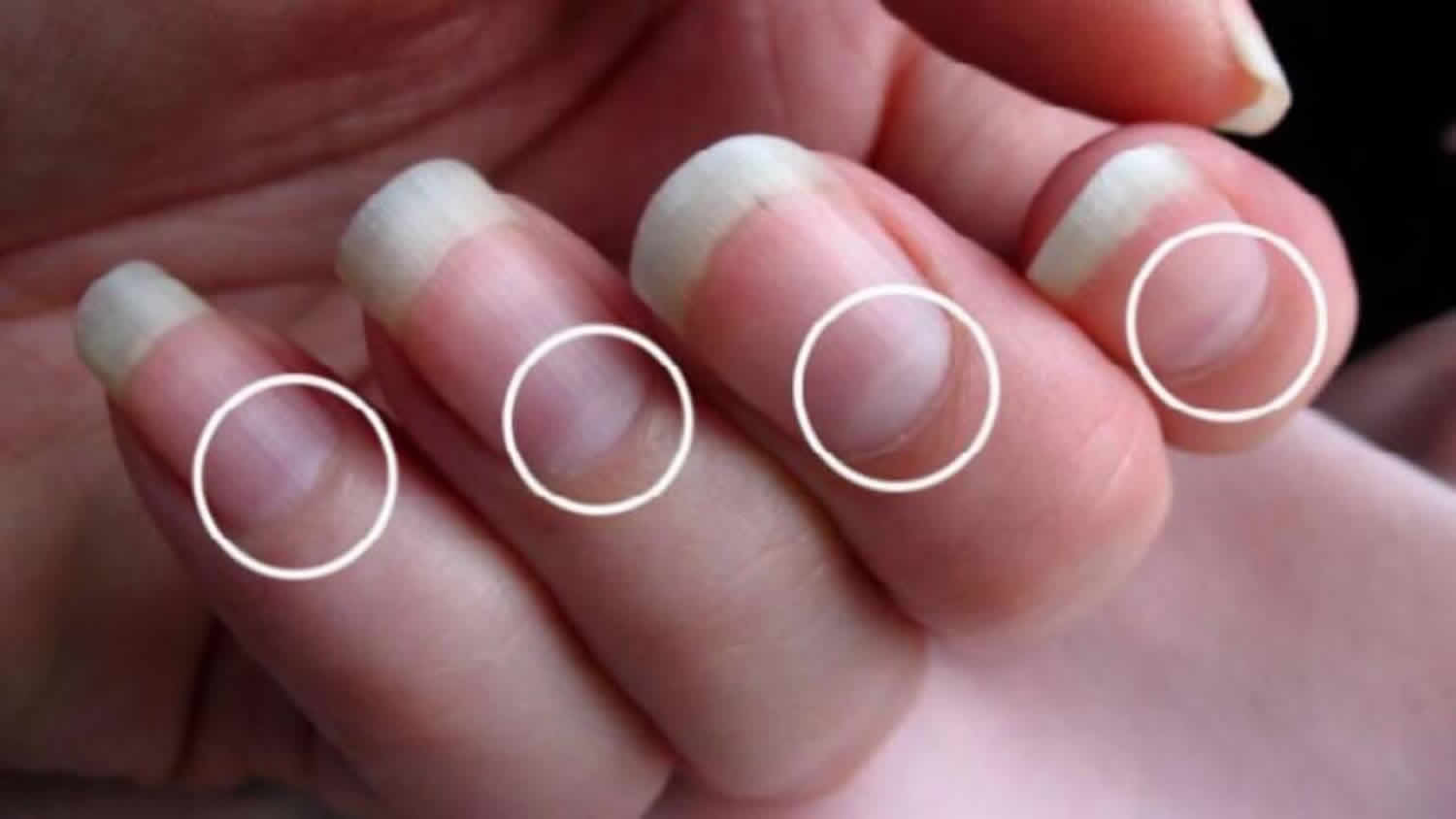
The lunula is the half-moon-shaped area at the base of the nail. It is actually the visible part of the nail matrix and is usually white in color. The lunula is an important indicator of nail health and can provide valuable information to doctors and nail technicians. A healthy lunula is a sign of a healthy nail.
Nail bed
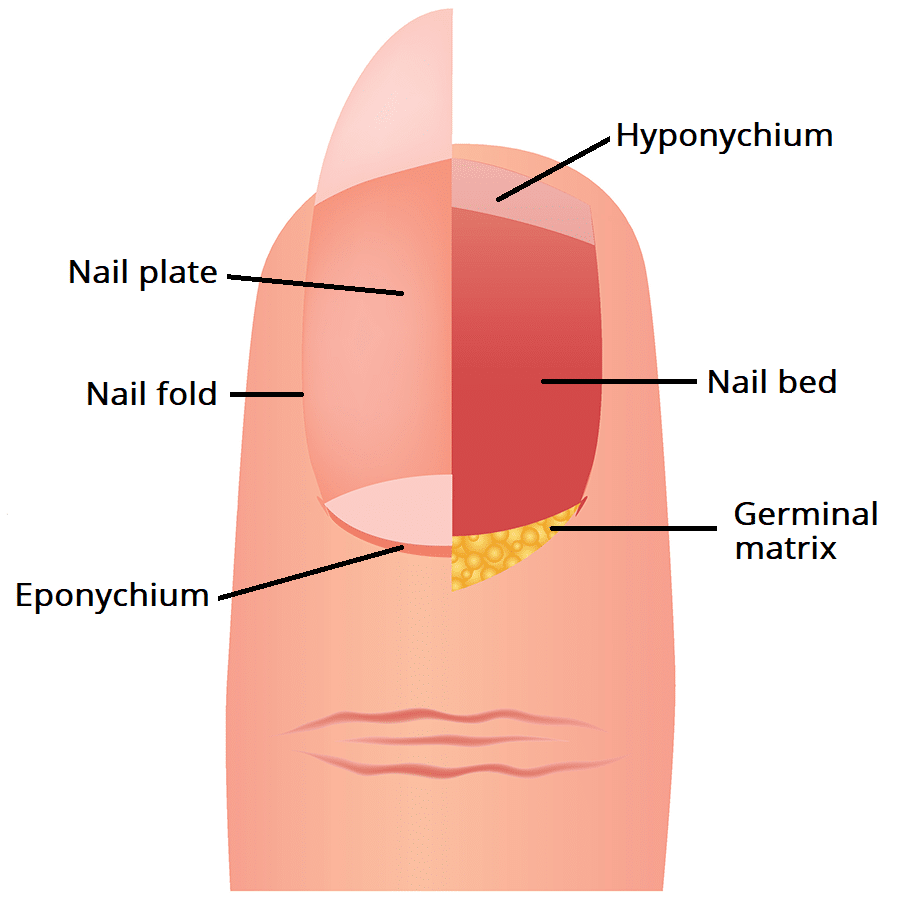
The nail bed is the skin beneath the nail plate. It is rich in blood vessels and nerves, which is why it can be painful if you injure your fingernail. The nail bed is responsible for supporting the nail plate and holding it in place. Keeping the nail bed healthy is important for overall nail health. Anatomy fingernail is quite important knowledge and we are pleased to provide this detailed information.
Nail folds
The nail folds are the folds of skin on either side of the nail plate that help hold it in place. They are also responsible for protecting the nail bed from injury and infection. Keeping the nail folds clean and moisturized can help prevent infections and promote healthy nails. Keep reading to learn more about nail anatomy!
Hyponychium
The hyponychium is the area of skin under the free edge of the nail. It acts as a barrier to prevent dirt and bacteria from entering the nail bed. It is important to keep the hyponychium clean to prevent infections. Remember, the hyponychium is not just a fancy word – it’s an important part of the anatomy of nails that protects your precious fingertips from harm!
Eponychium
The eponychium is the living skin at the base of the nail. It is also known as the proximal nail fold and is responsible for producing the cuticle. Keeping the eponychium healthy is important for overall nail health. The next time you accidentally stub your toe (hopefully not), it’s not just your pride that’s hurt – your nail anatomy is taking a hit too!
Cuticle of the nail
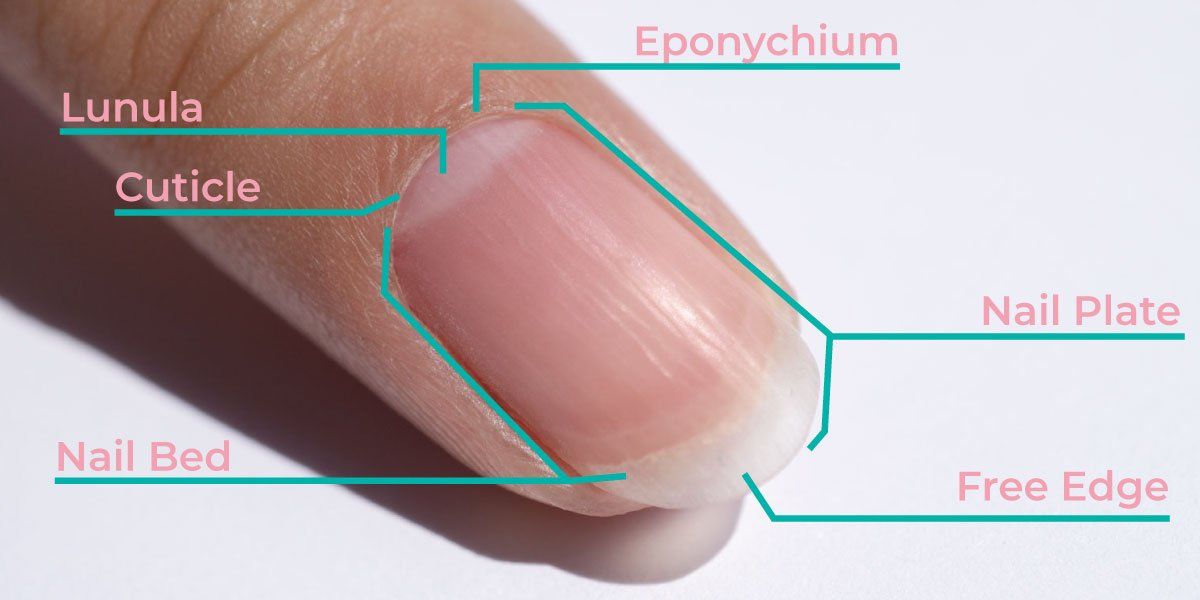
Understanding the anatomy of nails is essential to preventing nail disorders, as well as identifying and treating nail problems. The cuticle is a thin layer of skin that covers the base of the nail plate and protects the nail matrix from infection. Is produced by the eponychium and acts as a sealant to prevent bacteria and fungus from entering the nail bed. Keeping the cuticle healthy is important for overall nail health.
And let’s be honest, knowing the anatomy fingernail will give you a newfound appreciation for just how much you can accomplish with those tiny keratinous structures – typing, texting, , and of course, giving someone a good old-fashioned “thumbs up.”
Paronychium
The paronychium is the soft tissue surrounding the nail. It is composed of several layers of skin that help protect the nail from infection and injury. Understanding the anatomy of nails is essential to maintaining healthy and beautiful nails.
Conclusion
Understanding fingernail anatomy is crucial to appreciate the vital role that it plays in our daily lives. Nails not only enhance the beauty of our hands but also help us perform various tasks and safeguard the underlying tissues. Anatomy fingernail is made up of several layers of dead cells that protect the tissues of our fingers. The anatomy of nails is composed of keratin, a hard protein also found in our hair and skin, and nails play a pivotal role in gripping and holding objects, allowing us to perform different tasks with precision.



